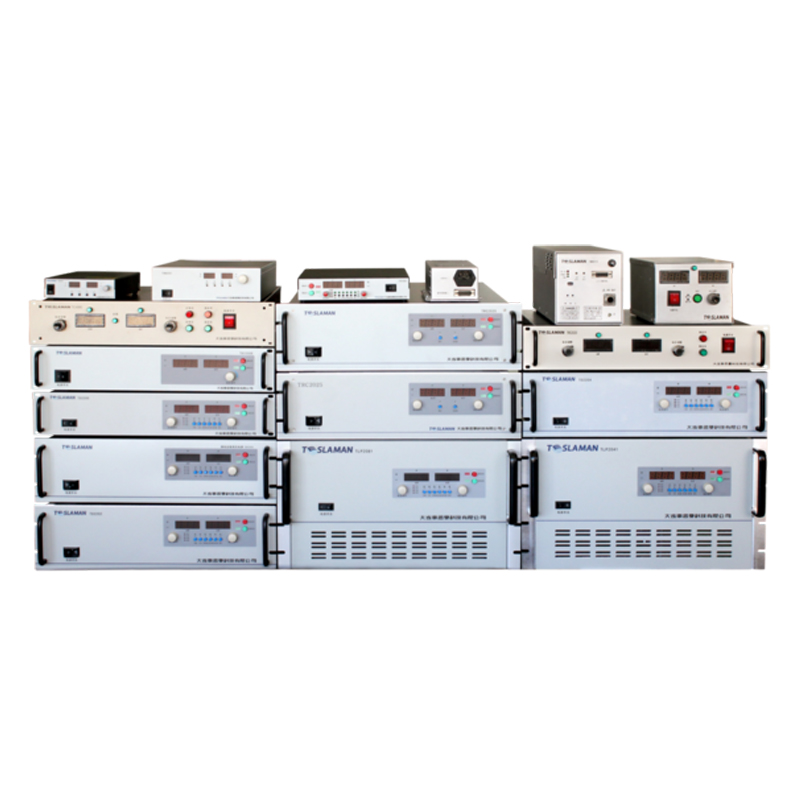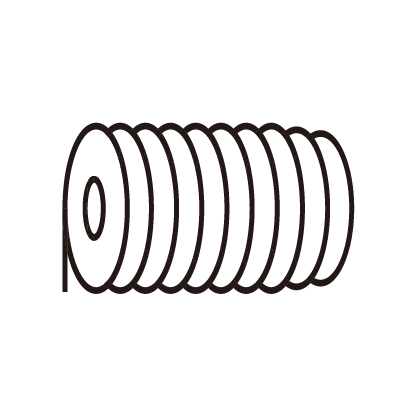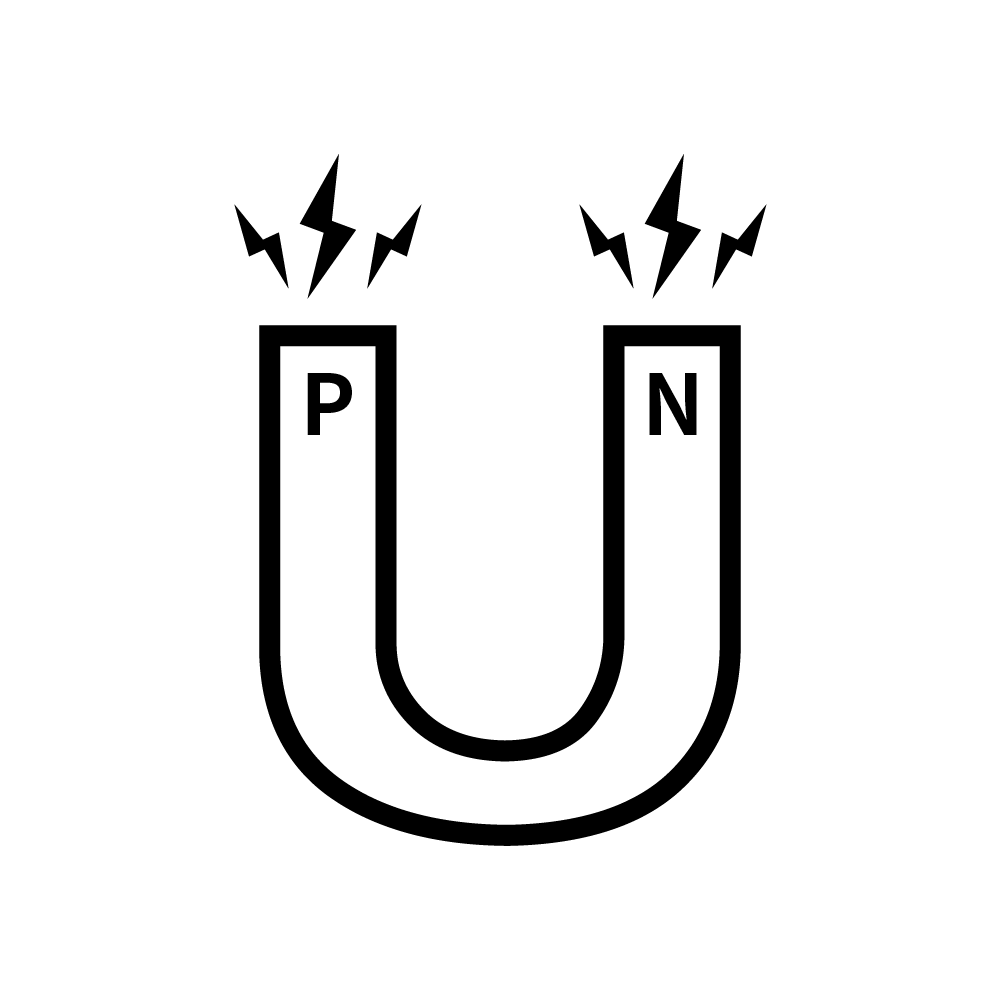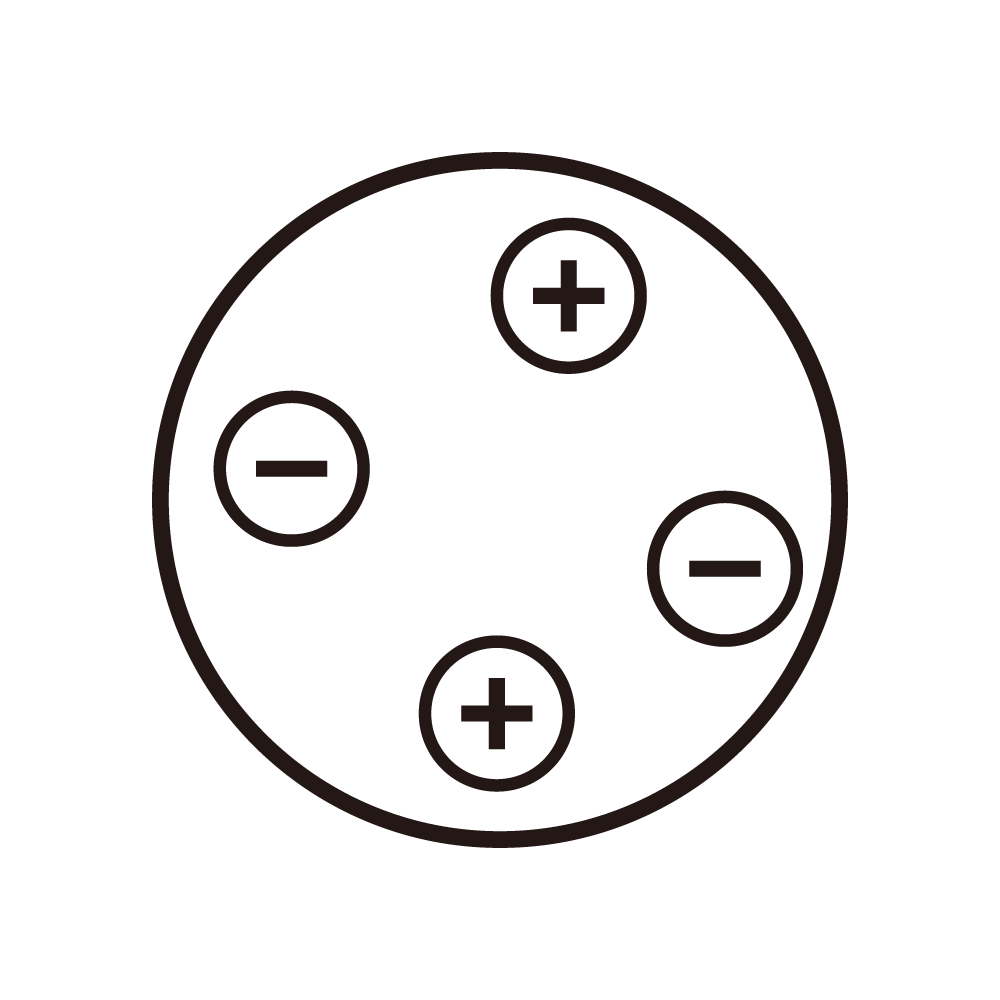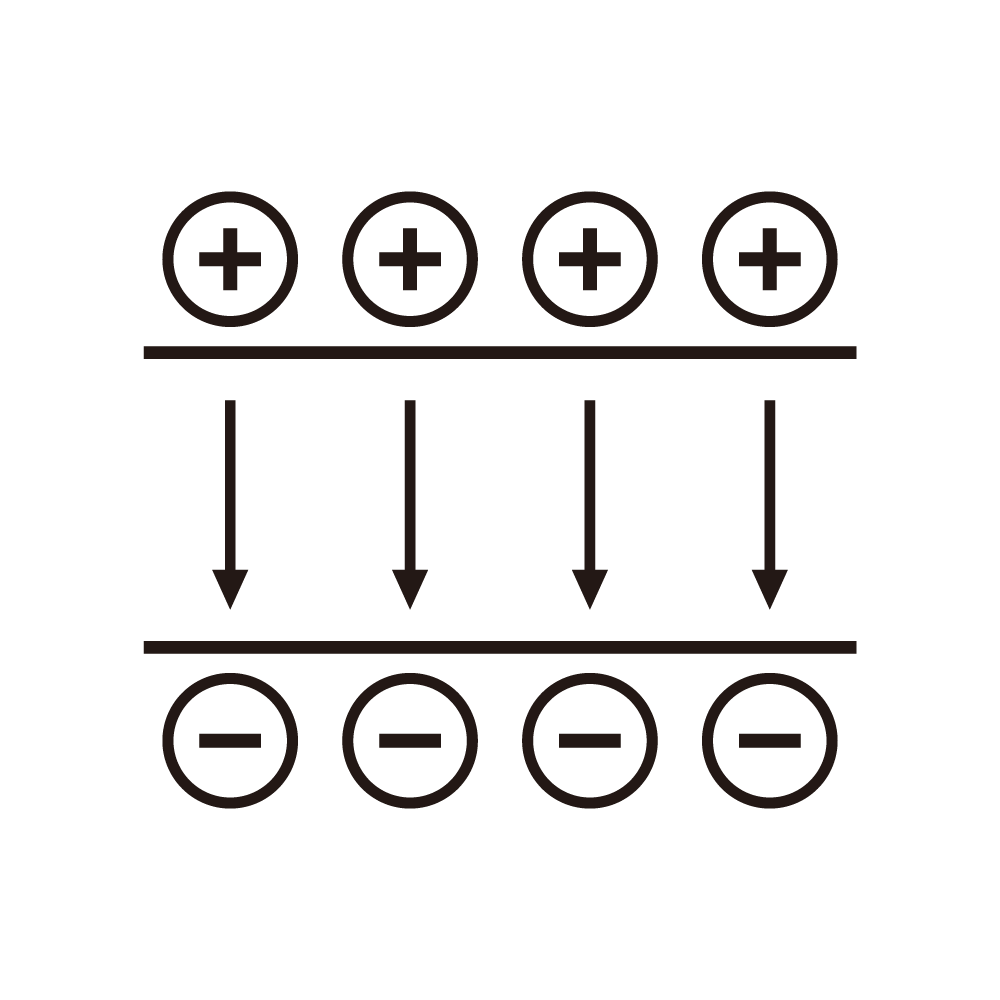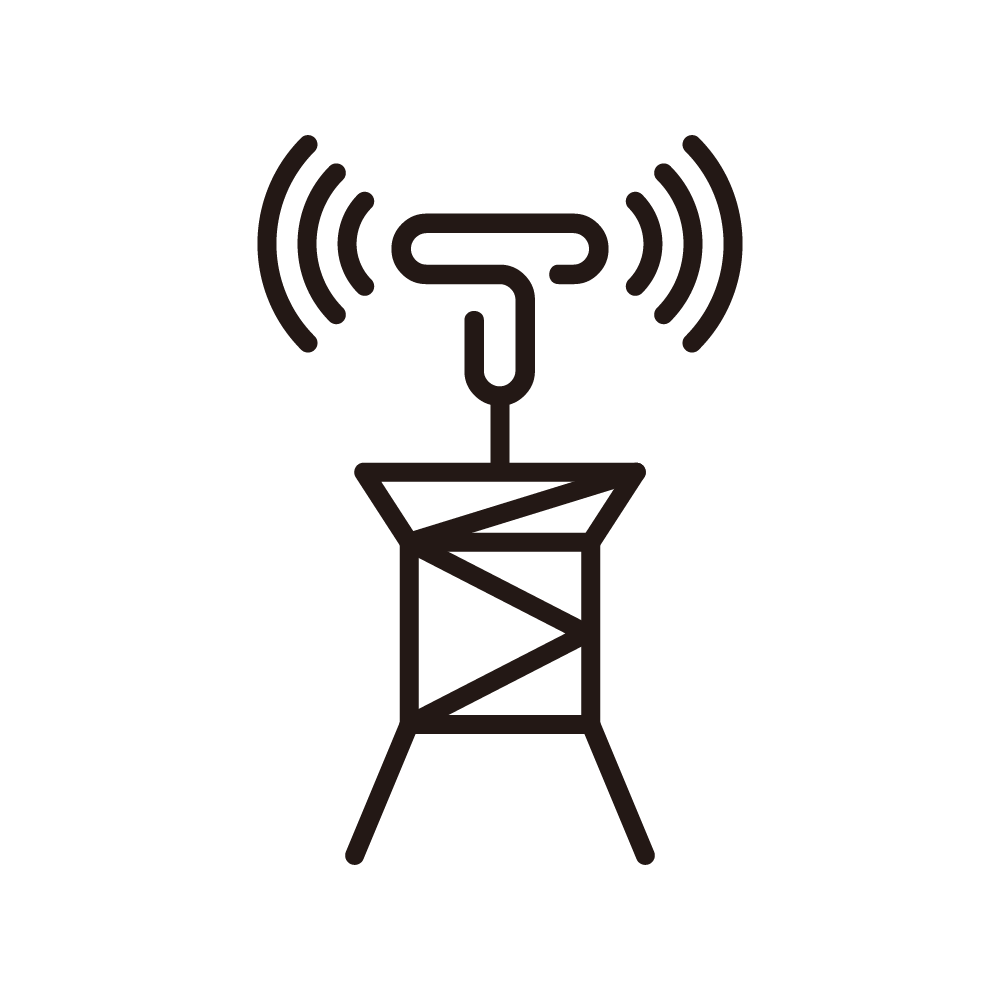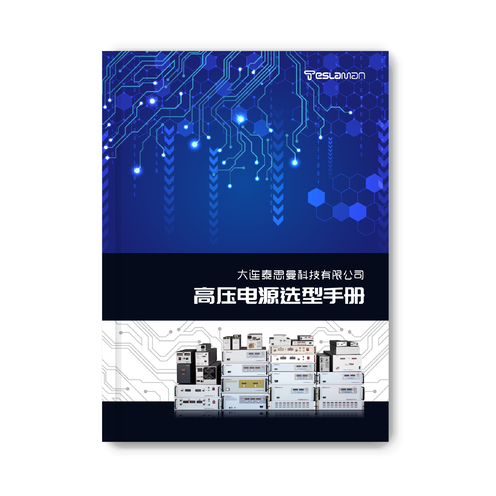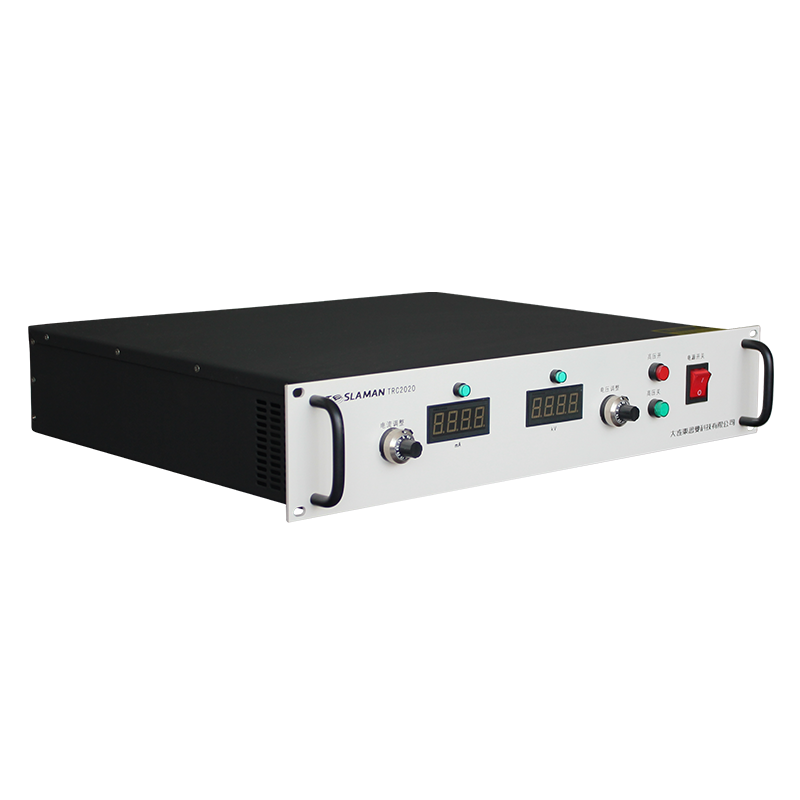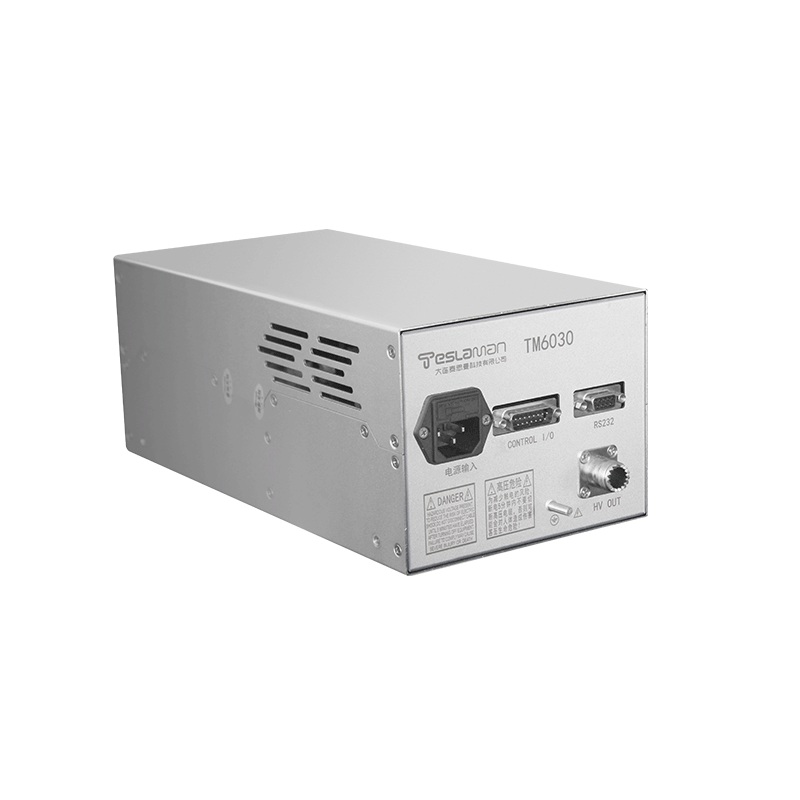Solution Compatibility Optimization of High-Voltage Power Supplies for Electrospinning
As a core nanotechnology for nanofiber production, the efficiency of electrospinning processes depends on the synergistic matching between high-voltage electric fields and solution properties. This paper systematically elucidates the coupling mechanisms between power supply parameters and solution characteristics from an electro-physicochemical perspective, proposing optimization strategies based on electrical properties.
1. Matching Solution Conductivity with Power Supply Output Characteristics
Solution conductivity (10^-6~10^1 S/m) directly determines charge relaxation time constant τ=ε/σ, requiring precise synchronization with pulse characteristics (rise time <10μs). When conductivity exceeds 10^-2 S/m, conventional DC power causes electrochemical polarization leading to jet breakup. Bipolar pulsed power supplies (1-50kHz frequency, 5-90% adjustable duty cycle) effectively suppress polarization, experimentally proven to triple continuous spinning duration for PEO solutions. For low-conductivity solutions (<10^-5 S/m), 10^13Ω-class high-impedance power supplies are essential for stable Taylor cone formation.
2. Dynamic Voltage-Viscosity Regulation Strategy
The nonlinear relationship between solution viscosity (0.1-10 Pa·s) and critical voltage Vc follows Vc∝(ηγR/ε)^0.5 (γ: surface tension, R: capillary radius). When viscosity increases from 1 to 5 Pa·s, optimal voltage should rise from 25kV to 40kV, but voltage ramp rate must be controlled below 0.5kV/s to prevent jet oscillation. Gradient voltage algorithms based on rheological properties, combined with real-time current feedback (1nA resolution), reduce fiber diameter coefficient of variation from 15% to below 5%.
3. Stability Control in Multi-Parameter Coupled Fields
Ambient humidity (30-70% RH) affects conductivity equilibrium through solvent evaporation, demanding ±0.05% voltage compensation accuracy. Distributed electrode structures with PID adaptive control maintain fiber diameter standard deviation <8% under ±20% humidity fluctuations in PAN/DMF systems. For high-volatility solvents (e.g., chloroform), microsecond-response overvoltage protection circuits reduce discharge probability to 0.1 events/hour.
4. Power Supply Adaptation for Special Solution Systems
Biopolymer solutions (e.g., collagen/PBS) require negative-polarity supplies (-5~-30kV) with current density limitation <0.1mA/cm² to prevent protein denaturation. Melt electrospinning demands power supplies with 10^-4/℃ temperature coefficients at 300℃, achieving <0.3% field distortion through multilayer EMI shielding. Conductive polymer (e.g., PEDOT:PSS) spinning needs nanosecond pulsed supplies (10^-6s pulse width) for controlled jet splitting.
5. Development of Intelligent Adaptation Systems
Online solution characterization modules using impedance spectroscopy, integrated with deep reinforcement learning, autonomously optimize power parameters. In PLA/chloroform systems, this system reduces process optimization time from 6 hours to 20 minutes. Digital twin models predicting optimal voltage fluctuation ranges (±1.2kV) through real-time charge transport-hydrodynamics simulation improve fiber alignment by 40%.
Conclusion
The intelligent adaptation capability of electrospinning high-voltage power supplies is becoming crucial for overcoming nanofiber industrialization barriers. Future development should focus on multi-physics field sensing, wide-range nonlinear control algorithms, and extreme-parameter power modules to advance personalized nanofabrication toward engineering applications.
